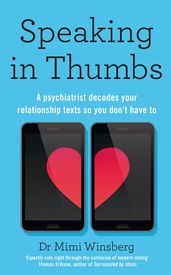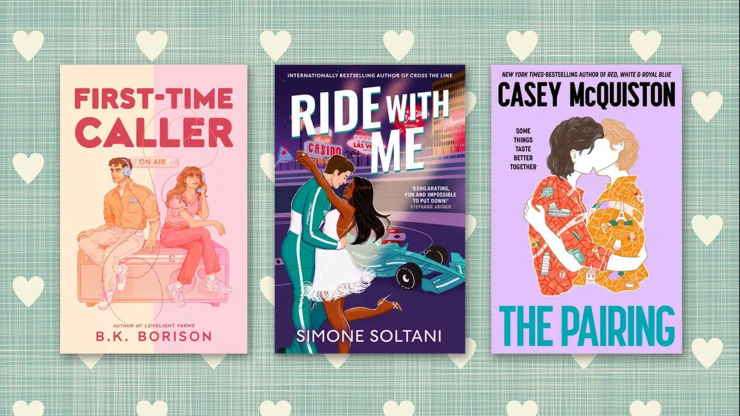Dr Mimi Winsberg on how to find that online spark
When do we know we're ready to set up the first date? As well as looking out for red flags, what about those green ones? Dr Mimi Winsberg introduces her texting techniques that can result in a mutual dopamine high . . .
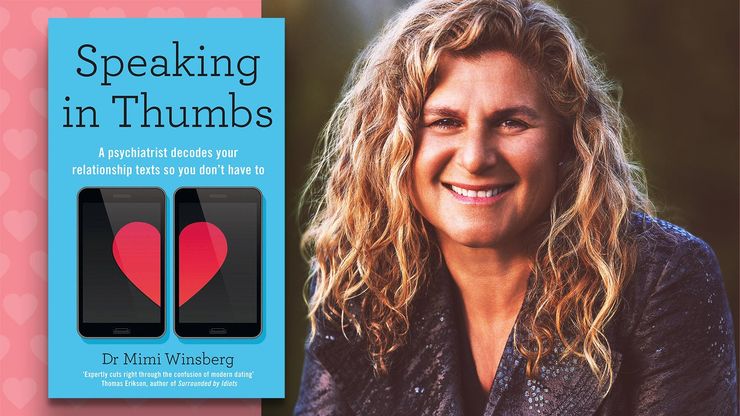
Dr Mimi Winsberg is a psychiatrist with twenty-five years of clinical experience; she was the in-house psychiatrist at the Facebook Wellness Center, and she co-founded telehealth start-up Brightside. Here Winsberg, who trained at Harvard and Stanford, looks behind the science of text flirting, showing how mirroring each other's language and textual style can be a sign of real-life chemistry to come. Speaking in Thumbs, a guide to the modern language of texting love, is Winsberg's first book.
While we are often on the lookout for red flags in our early texts with prospective partners, it is also worthwhile to notice the green flags – signs that an online spark might translate into real-life chemistry.
Can chemistry be established over text? The question is no longer whether it can or it can’t . . . it must. In today’s dating arena, in order to get to that first date, you need to pass the texting test. Studying those early texts for green lights, rapport, even chemistry, means taking a look at several dimensions. The first is rhythm and timing.
In the best cases, the pace and timing of our texts is matched with our prospective partner’s: quick replies beget quick replies, while slower more thoughtful responses are met in kind. A couple whose rhythm and timing are aligned over text will typically find that in-person communications follow suit, and likely proceed with ease rather than angst.
If you find yourself gaming the rhythm of your texts: delaying your response to build anticipation for instance, that might not set the table for smooth and easy communication. There are no implicit rules for response time, notwithstanding the countless articles that will tell you otherwise. Couples must each find their own rhythm and timing. No one should have to fake it.
A second green flag on the courtship speedway is the attention the other person is paying to the little things. In real life, we experience this as eye contact, mutual gaze, touch and body posture. We manifest our attraction by mirroring one another, in addition to paying close attention to the details of what the other person is saying. Our brains experience this mirroring as a dopamine high. They’re like us, our brain reasons, so they must like us.
Of course, over text, there is no mutual gaze or eye contact. But can mirroring and attention to detail take place over text? It can and it does. In this exchange after a bit of fun conversation, but prior to meeting, David randomly sends me an emoji:
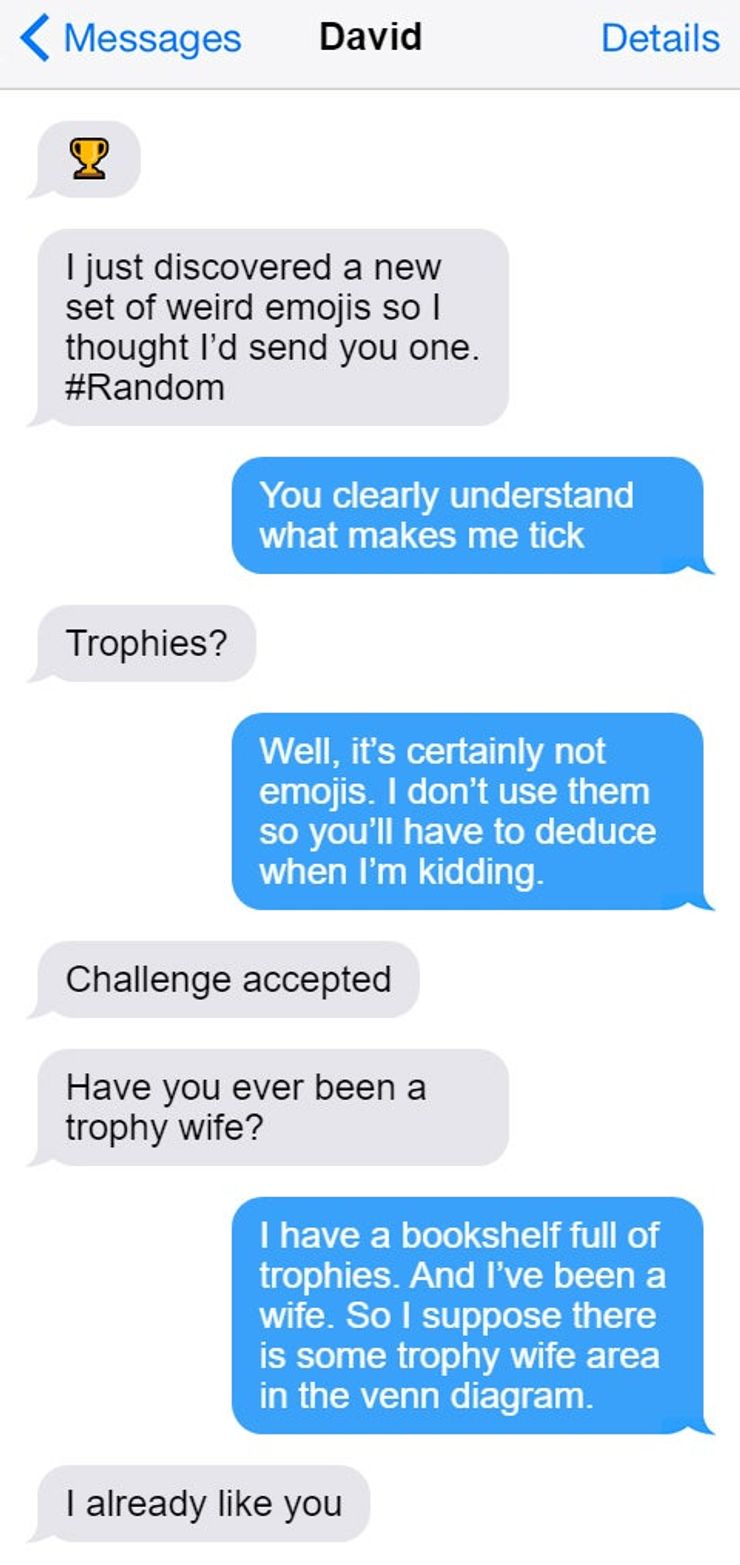
David’s choice to text an emoji out of the blue might seem awkward or silly, but by mirroring his absurdist humour, we are paying attention to each other and establishing rapport.
The choice to engage over text, and pay close attention to what the other person is saying as well as how they are saying it, is a reflection of our interest, effort and mutual chemistry. Language-style matching, a concept that I discuss at length in Speaking in Thumbs, can be a strong predictor of chemistry, and one that is almost impossible to fake. Spoiler alert – it turns out it's the small words that matter most: pronouns, articles and prepositions, and it’s these little words that reveal things like tone, formality, openness, even the power dynamics of a conversation. When language is strongly matched, you experience the other person as highly rewarding, and the brain’s dopamine pathways light up, lending an exhilarating feeling to your exchanges. Dopamine can create its own set of pitfalls when it comes to dating but, not to worry, that is also covered thoroughly in the book.
The third proverbial green flag over text is compatibility, in what I refer to as the love languages of text. Each person likely has a preferred way to flirt, connect and even express love over text. Some people might thrive on receiving compliments, while others might value a shared photo or experience. One texting love language that echoes quality time in person (and my personal favourite), is what I call riffing. Riffing is meandering, affiliative banter with no particular purpose or destination. David later continues with some provocative badinage:
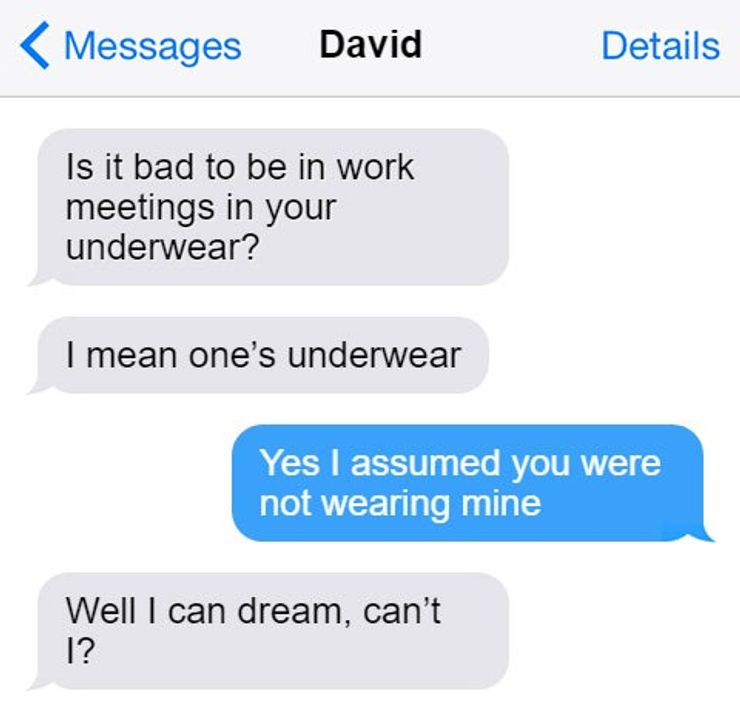
Riffing typically happens when you have a few minutes and would like to chat regardless of having anything specific to say. It has a performative quality to it, much like improv. Riffers will be reluctant to end the conversation, sign off, or let the other person have the last word. Willingness to engage in this kind of banter is almost certainly a good sign, as parties set aside other demands to spend a few lighthearted moments together, basking in digital chemistry. . .
Discover the secrets of modern, online love in Dr Mimi Winsberg's Speaking in Thumbs:
Speaking in Thumbs
by Mimi Winsberg
When it comes to love in the modern world, good texting is an essential skill: our thumbs quite literally do the talking, swiping and liking. Harvard- and Stanford-trained psychiatrist Mimi Winsberg has studied the phenomenon in detail, and with Speaking in Thumbs she provides the ultimate guide to mastering and interpreting this mode of communication. How can we tell if the sparks are likely to fly in person? How do we recognize a deceiver? How do we moderate our own tone with someone new, so they don't head for the hills? With this warm and witty guide, Winsberg gives you the tools to make connections, and read between the lines.
